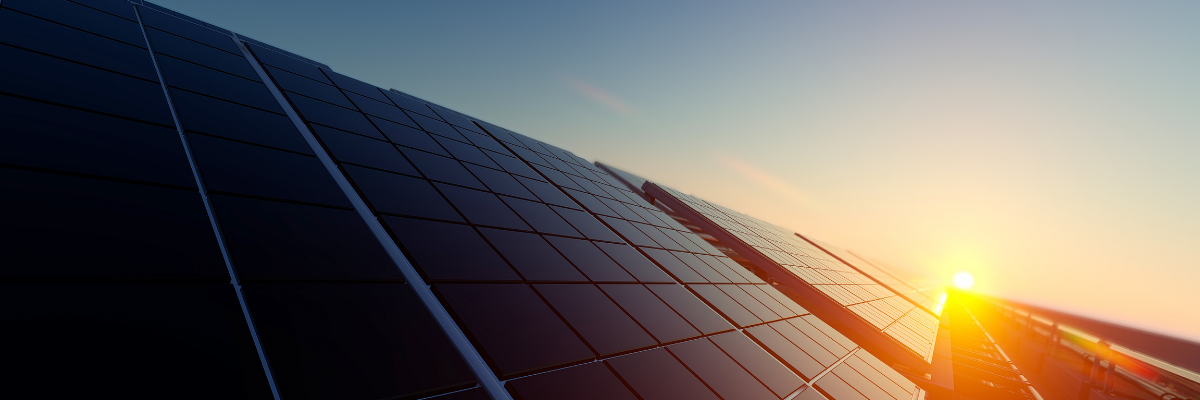

Textile and garments entrepreneurs are showing a growing interest in installing solar panels on their factory rooftops. This has the benefit of reducing carbon emissions by meeting a portion of factory demand through solar.
Currently, 41 firms have installed solar panels on their factory rooftops with a combined power generation capacity of 50 megawatts (MW). Of the firms, 70 per cent are engaged in making garments.
The Infrastructure Development Company Ltd (Idcol), a state-run non-bank financial institution, finance up to 80 per cent, or Tk 300 crore, of the installation cost for the panels in a bid to reduce the cost of power and develop green factories for a sustainable environment. The rest of the costs were taken up by the businesses themselves.
According to experts, it takes Tk 6 core to establish a rooftop solar power system with the capacity to generate 1MW of power. The per-unit power generation cost of rooftop solar power systems is only Tk 6.5, which is lower than gas or oil-based power plants.
This system of solar panel use should reduce costs and make factories more environmentally friendly. It is expected to become cheaper in the future as technology improves and better and more efficient panels come to market.
1,000MW of rooftop solar systems can be installed on the unused roofs of garment and textile industries alone.
The government has made solar power more economical through the net energy metering policy that allows industries to sell their excess solar energy production to the national grid.
The price of solar equipment in Bangladesh has fallen significantly over the past decade while the price of grid electricity increased by an average of 5 per cent annually at the same time.
H&M is promoting solar power among its enlisted garments makers in Bangladesh. To that end, H&M organized 2 workshops. In the second workshop, a total of 46 textiles and garment manufacturers from whom H&M sources apparel products took part.
